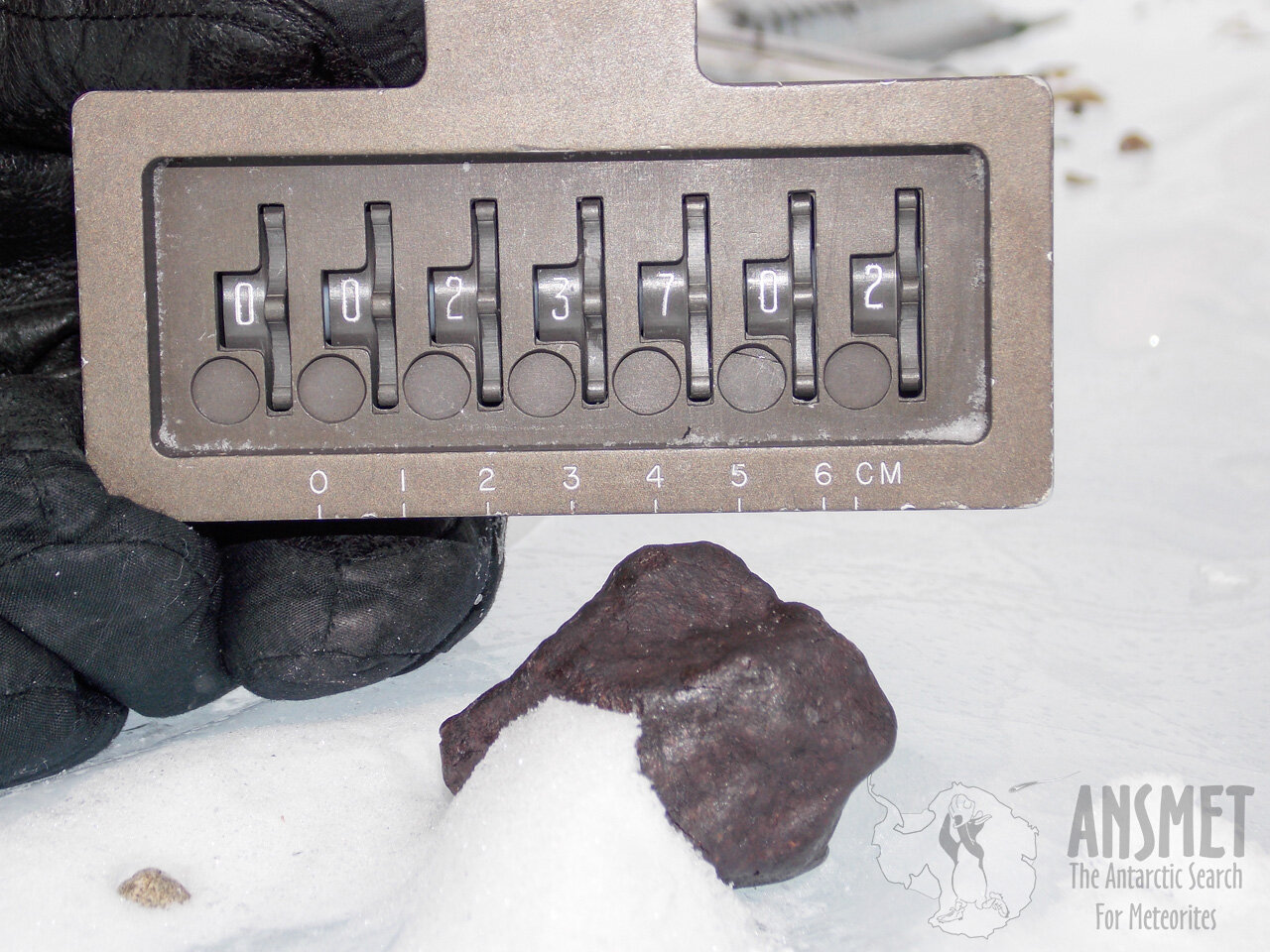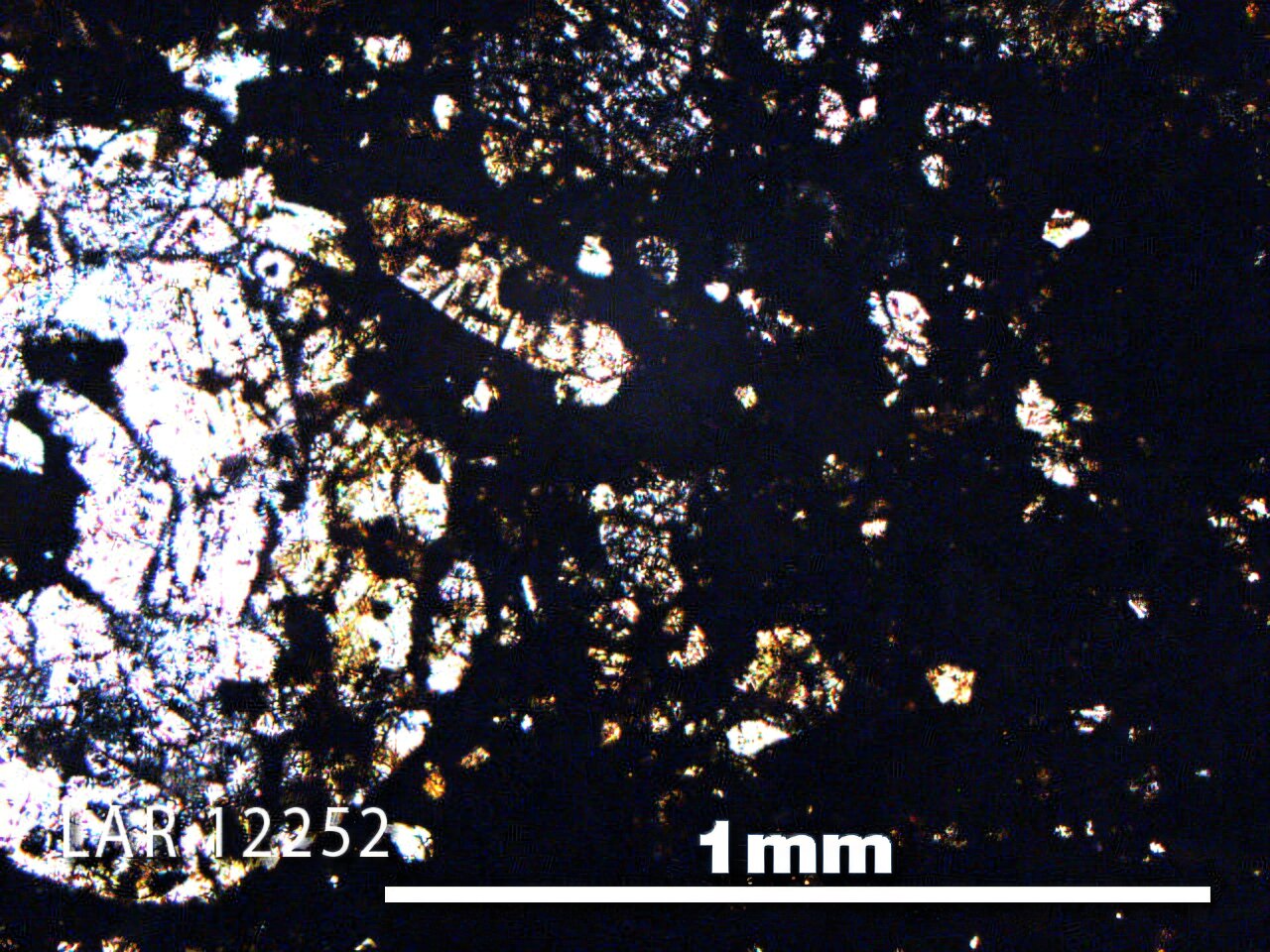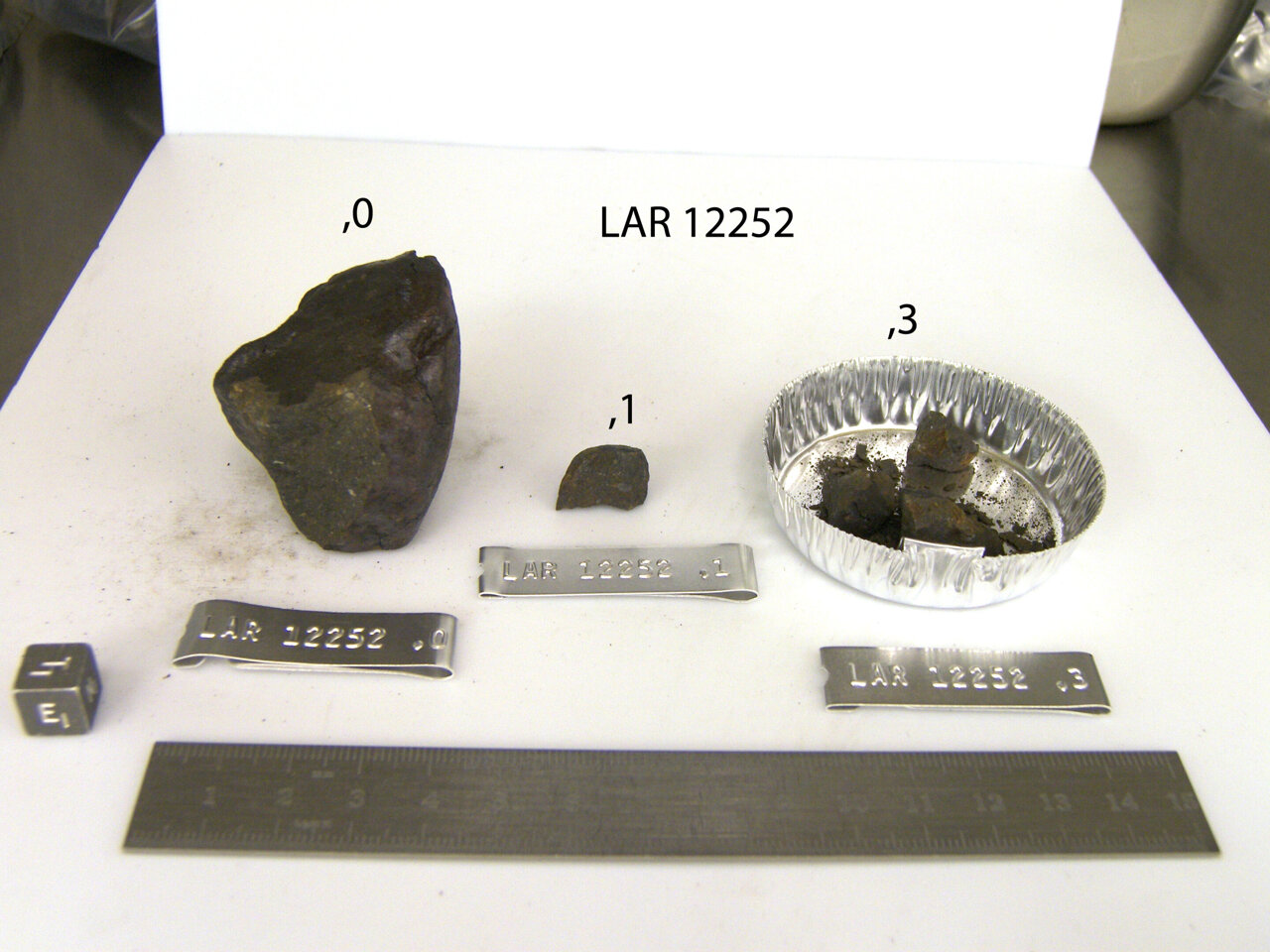
Scientists from the University of Oxford have discovered significant clues regarding how water originated on our planet. By examining a specific kind of meteorite called an enstatite chondrite—which mirrors the makeup of the young Earth around 4.55 billion years ago—they identified a source of hydrogen essential for forming water molecules.
Importantly, they showed that the hydrogen in this substance was inherent and not due to contamination. This implies that the materials our planet formed from contained significantly more hydrogen than earlier estimates suggested.
The discoveries, which back the idea that the development of habitable environments on Earth didn't depend on asteroid impacts, have been published in the journal Icarus. .
Without hydrogen, an essential component of water molecules, our planet wouldn’t have had the necessary environment to foster life.
The source of hydrogen, and consequently water, on Earth has sparked considerable debate, with many arguing that the required hydrogen was brought here via asteroids from outer space within the planet’s initial roughly 100 million years. However, these recent discoveries challenge this notion, indicating that Earth likely possessed all the hydrogen needed for forming water right at its formation.

The research group examined the elemental makeup of a meteorite named LAR 12252, which was initially gathered in Antarctica. To conduct their study, they employed an analytical method referred to as X-ray Absorption Near Edge Structure (XANES) spectroscopy at the Diamond Light Source synchrotron facility located in Harwell, Oxfordshire.
An earlier research project headed by a group from France initially pinpointed traces of hydrogen present within both organic compounds and amorphous sections of the chondrules (spherical structures millimeters across) found inside the meteorite. Nevertheless, what remained could not be explained; thus, it was uncertain if this hydrogen originated locally or resulted from earthly contamination.
The researchers from Oxford believed that substantial quantities of hydrogen could be bonded with the sulfur present in abundance within the meteorite. To investigate this further, they utilized a synchrotron to direct an intense beam of X-rays at the meteorite’s composition, aiming to detect sulfide substances.
Initially examining the specimen, the group concentrated their attention on the amorphous sections within the chondrules, areas where hydrogen was previously detected.
However, during an accidental examination of the substance immediately surrounding one of these chondrules—composed of an ultra-fine (sub-micrometer) matrix—the research group uncovered that this matrix was remarkably abundant in hydrogen sulfide. Indeed, their investigation revealed that the quantity of hydrogen within the matrix was fivefold greater compared to the amorphous portions.

On the contrary, within other sections of the meteorite that displayed fissures and evident indications of terrestrial contamination (like rusting), minimal to no hydrogen content was observed. Consequently, this significantly diminishes the probability that the hydrogen sulfide compounds identified by the research group stemmed from a terrestrial origin.
Given that the proto-Earth consisted of materials akin to enstatite chondrites, it implies that once the growing planet became sufficiently sizable to attract asteroid impacts, it would have accumulated ample amounts of hydrogen, which could account for the current volume of water on Earth.
Tom Barrett, a DPhil student in the Department of Earth Sciences at the University of Oxford, who headed the research, mentioned, "We were extremely thrilled when the analysis revealed that the sample included hydrogen sulfide—not exactly where we anticipated."
Given that the chance of this hydrogen sulfide coming from earthly pollution is minimal, this study offers crucial proof backing the idea that Earth’s water is indigenous—resulting naturally from the composition of our planet.
Associate Professor James Bryson from the Department of Earth Sciences at the University of Oxford added, "A key query for planetary scientists revolves around how Earth ended up with its current appearance."
We currently believe that the material responsible for forming our planet was much more abundant in hydrogen than we initially assumed. We can examine this by studying certain rare meteorites. This discovery backs up the notion that the creation of water on Earth occurred as part of a normal sequence of events, instead of being an unlikely occurrence due to hydrated asteroids striking our planet post-formation.
More information: Thomas J. Barrett and others discuss The Origin of Hydrogen Within Earth’s Constituent Materials. Icarus (2025). DOI: 10.1016/j.icarus.2025.116588
Furnished by the University of Oxford
This tale was initially released on Wiseova . Subscribe to our newsletter For the most recent updates on science and technology.



0 Comments